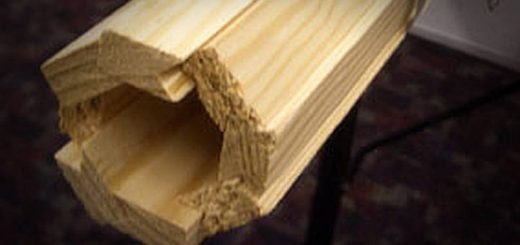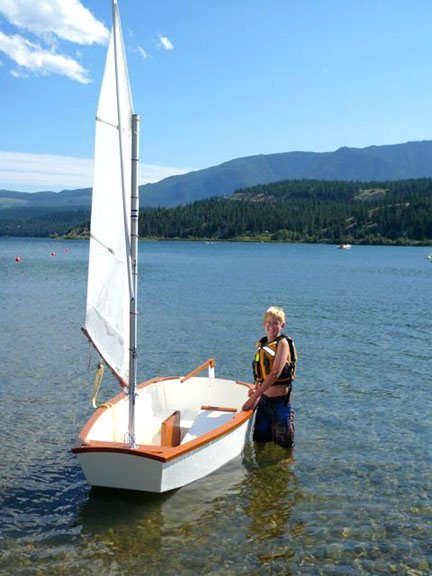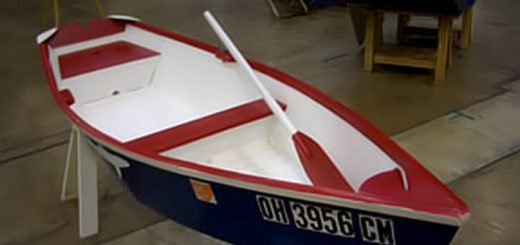Caring for Your Sails and Rigging

To be competitive today a racing sailboat is not rigged with stainless steel cables. Rather it is rigged with composite cables woven from hi-tech fibers such as Kevlar®, carbon, or other proprietary molecules.
Jon Duer, owner of Great Lakes Rigging stated that these composites provide strength greater than steel, do not stretch nor corrode and are far lighter in weight than equivalent stainless steel cables.
He passed around samples of Dyneema®, an ultra-high molecular weight polyethylene braid that is 20% stronger than stainless cable equivalent and has a life expectance of 10 -15 years in a fresh water environment.
Jon mentioned that if your boat is rigged with stainless steel cables they should be inspected for frayed wires that could lead to a cable failure. A discarded pair of nylons dragged down a cable will snag at any small breaks and is a good way to identify trouble spots.
Once a mast is stepped it must be plumbed vertical, port to starboard. A quick way to check beyond an eyeball alignment is to hoist a tape measure on a halyard and then measure to the chainplates on both sides to see that the measurements are the same.
Cable tension can be measured with a gauge such as one made by Loos. The mast tension can be tuned fore and aft to modify the center of effort of the sail. (Check out the Loos website for more rig tuning information http://loosnaples.com/tension-gauges/90-model-b)
More tips on tuning a mast can be found in Jon’s brochure, An Essential Rig Tuning Guide.

Similar to rigging, competitive sails today are composites made from materials such as mylar, Aramid tapes, and proprietary fabrics . The benefit is excellent shape retention and lighter weight.
One such high-tech composite uses Pentex fibers which offer 2.5 less stretch than Dacron leading to optimum shape retention over a projected life span of 8 years.
Dacron is still an excellent material for sails, offering great longevity. However, they will loose shape and may need to be recut at some point to bring them back to their performance level.
Cleaning a Dacron sail is best done by washing areas with a mild cleaner such as OxyClean. The sail should be stored where mice or other vermin cannot chew on the fabric.
Lines should be cleaned by either rinsing in clean water or hosing them down on a clean surface such as a driveway. Avoid using any cleaners or soaps as they can remain in the fibers and trap dirt.
Jon would be happy to consult with you on constructing a set of new Doyle sails for your boat.
The process begins by hearing how you plan to use the boat and your expectations for performance and longevity. From that information Jon can provide sail options and very importantly cut the sail to create the shape that will provide the performance you seek.
The Doyle Sails website has an excellent design guide explaining the differences among many of today’s high-tech fibers and materials.http://www.doylesails.com/design/fabric.html
You can contact Jon at 440-346-2651 or e-mail at greatlakesrigging@yahoo.com . His website is Great Lakes Rigging.com.
Photos: Doyle Sails







